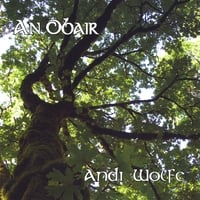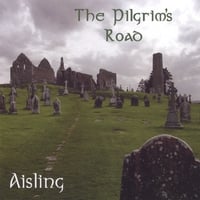 Our flight out of Boise wasn't until mid-afternoon, which gave us time to go visit the World Center for Birds of Prey on the southern outskirts of Boise. They have a nice exhibit space, some cages around a courtyard and some observation cages on one side of the compound. What you can't see in the public spaces is where the real work is done - captive breeding programs of endangered raptors such as the California Condor.
Our flight out of Boise wasn't until mid-afternoon, which gave us time to go visit the World Center for Birds of Prey on the southern outskirts of Boise. They have a nice exhibit space, some cages around a courtyard and some observation cages on one side of the compound. What you can't see in the public spaces is where the real work is done - captive breeding programs of endangered raptors such as the California Condor.
Many of the displays focus on how humans can help raptor populations recover and flourish, such as the creation of artificial nesting cavities.

This is a display of falconry from around the world.

An example of a hooded red-tailed hawk.

I didn't realize that the power lines around the world create hazards for raptors. They're so large that they can make contact with two wires and then they are electrocuted. This exhibit focused on what can be done to prevent this from happening by adding obstructions to tempting perches.


I enjoyed seeing the eggs on display. There's quite a range of sizes and colors from the tiny hummingbird eggs to the ostrich egg.
The giant moa had an even larger egg, if you can imagine that.

The shapes of eggs differ depending on the nesting habitat. Cavity nesters tend to have spherical eggs and birds that nest on bare branches have pear shaped eggs. That makes sense. A rolling pear-shaped egg will go in a circle rather than fall off the branch. The branches, in the case of the murrelet are old growth tree branches that may be a couple of feet across. Another reason to preserve a sufficient amount of old growth forest.

This was quite a sight! A full-sized woodcarving of a female bald eagle made by Jim Robinson.

Here's a detail view.

A bit about the making.

Ahhh! What is it???? We went to a back hallway that was dark and had narrow windows to look through. This was the first thing we saw and I jumped a bit when I looked into the window. It's not a good pic because I didn't use a flash, but it's a California Condor. I'd never seen one before and I didn't realize how pink and fleshing the head, neck and chest are on this very rare bird. It's a HUGE bird! The center has an active breeding program. There were some other very rare raptors on display, but I did finally notice the sign that said, "no photos, please."

There's a small fossil display on exhibit.
I always enjoy seeing ammonite fossils.

This is a dinosaur egg fossil.

As we were making our way back out to the entrance, an education program was just beginning that featured this juvenile swainson's hawk.

The handler thought it might be a dark morph, but they won't know until the next molt.

Running around the parking area were a flock of chukars - another life bird for us.

These aren't native to North America, but they have naturalized in many different regions now.











No comments:
Post a Comment